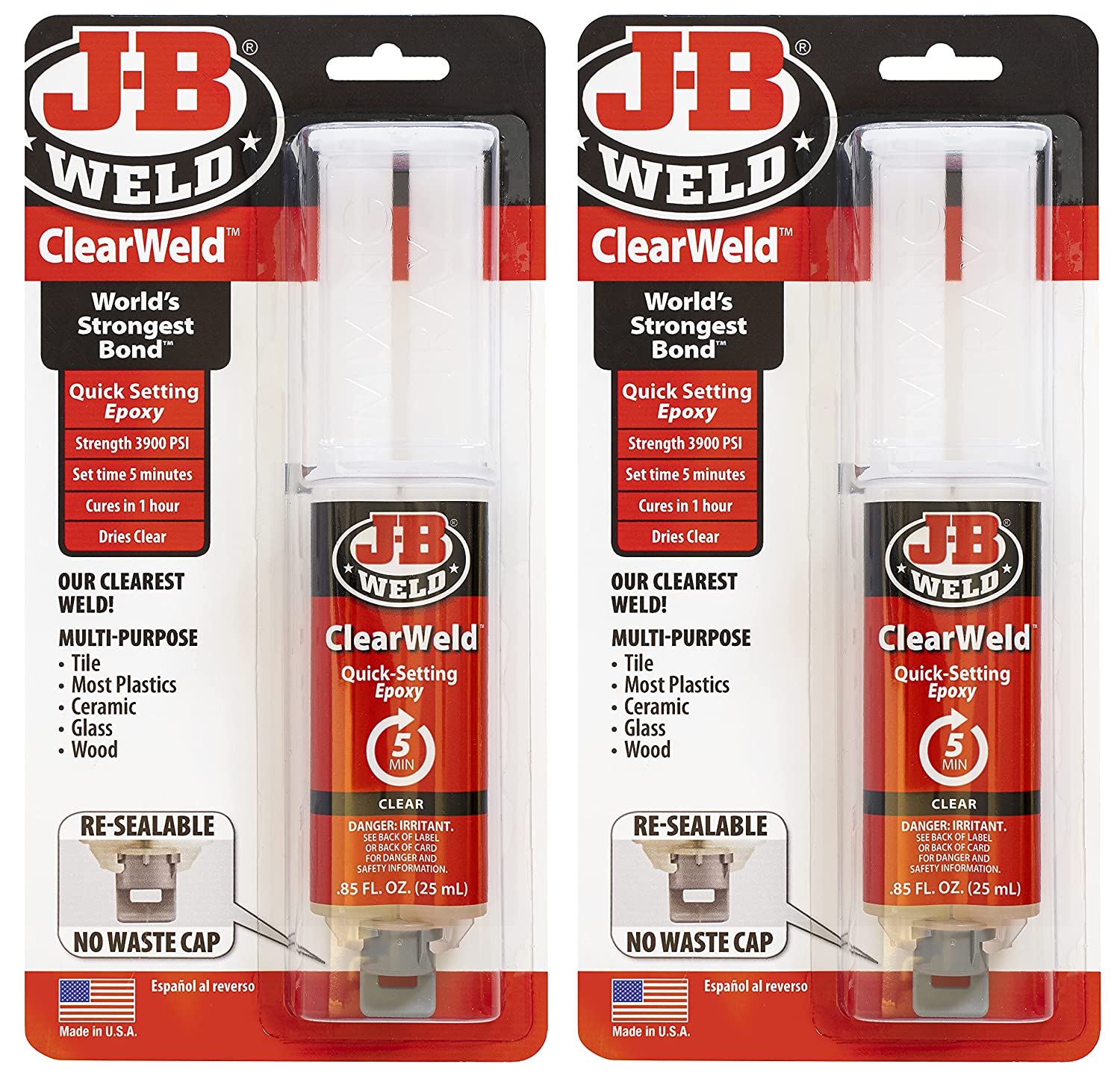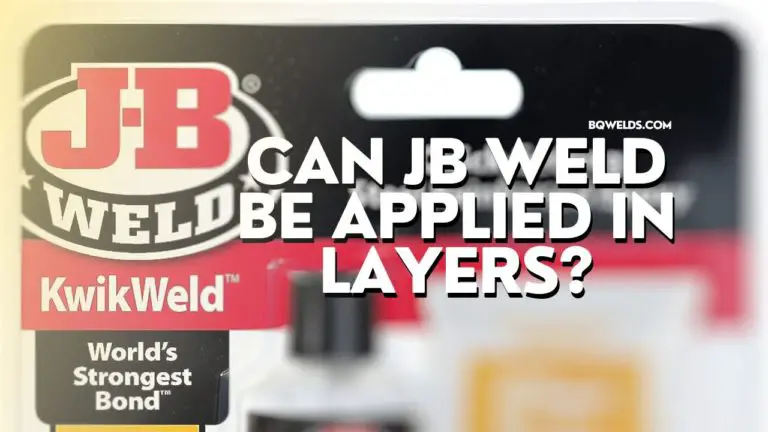Yes, JB Weld can indeed be applied in layers. JB Weld, a renowned epoxy resin product known for its durability and strength, can safely be used in successive layers to achieve the desired results.
This layered application method often comes in handy when making repairs or modifications that involve filling gaps or reconstructing parts. However, each layer must be given ample time to cure before applying the next, which ensures optimal bonding and effectiveness.
This article will explore applying JB Weld in layers in more detail, providing valuable insights and tips.
What Should You Know About Applying JB Weld in Layers
Here are a few key things to remember when applying JB Weld in layers. These include the following:
- Layer Thickness: Keep the thickness of each layer moderate. Thick layers may take longer to cure, resulting in an uneven finish.
- Curing Time: Allow each layer to cure properly before applying the next one. This usually takes around 4-6 hours but can be longer in colder temperatures.
- Surface Preparation: Ensure the surface you’re applying it on is clean, dry, and free of oil or grease before applying JB Weld. This ensures optimal adhesion. The surface or substrate must be clean and free from oils, dirt, and other contaminants that may prevent proper bonding.
- Mixing Ratio: Ensure you mix the JB Weld hardener and steel components in the correct 1:1 ratio for the best results.
- Sanding Between Layers: For a smoother finish, consider sanding between layers. This promotes better adhesion and helps achieve a seamless appearance.
- Safety Measures: Always use JB Weld in a well-ventilated area. Wear protective materials like gloves and safety glasses to prevent potential health risks.
Step-By-Step Guide For Applying JB Weld In Layers
Below is a detailed step-by-step guide on how to apply JB Weld in layers:
- Prepare Your Materials: Gather your JB Weld epoxy resin, hardener, a mixing tool, and a disposable surface for mixing (like a piece of cardboard). You’ll also need gloves and safety glasses for protection.
- Prepare the Surface: Clean the surface you’ll be applying the JB Weld to, ensuring it’s dry and free of oil, grease, or dirt. This promotes better adhesion.
- Mix JB Weld Components: Mix equal parts of the JB Weld epoxy resin and hardener and stir until they are thoroughly combined into a uniform mixture.
- Apply the First Layer: Use a putty knife or another tool to spread a thin layer of the JB Weld mixture onto the prepared surface. Try to keep the layer even and smooth.
- Let it Cure: Allow the first layer to cure properly. This typically takes 4-6 hours, but curing time can be longer in colder temperatures.
- Sanding (Optional): For a smoother finish and better adhesion of the following layer, lightly sand the first layer after it has cured.
- Repeat the Process: Repeat steps 3-6 for each additional layer until you achieve the desired results.
- Final Curing: After applying the last layer, allow the JB Weld to cure fully before using the repaired or modified part.

Common Mistakes When Layering JB Weld
Here are some common pitfalls and their solutions when layering JB Weld:
- Applying Too-Thick Layers: One common mistake is applying the JB Weld too thickly in each layer. This can lead to longer curing times and uneven surfaces. It’s advisable to keep the thickness of each layer moderate and patiently build up the desired thickness through multiple layers.
- Insufficient Curing Time: Another common error is not allowing each layer to cure fully before applying the next one. Let each layer cure for at least 4-6 hours or longer in colder temperatures.
- Inadequate surface Preparation: JB Weld needs a clean, oil-free, and dry surface to bond properly. Failing to prepare the surface can result in weak adhesion. Ensure you clean the surface thoroughly before applying JB Weld.
- Incorrect Mixing Ratio: Not mixing the JB Weld components in the correct 1:1 ratio can affect its effectiveness. Always ensure you mix equal parts of the epoxy resin and hardener.
- Not Sanding Between Layers: For a smoother finish and better bonding, it’s advisable to lightly sand each layer after it has cured before applying the next one. Please do this to avoid a rough, uneven finish.
- Disregarding Safety Measures: Neglecting safety measures like working in a well-ventilated space and not using protective gear can pose health risks. Always ensure to follow safety precautions when using JB Weld.
Benefits Of Using Multiple Layers Of JB Weld
Using multiple layers of JB Weld comes with several advantages.
- It allows users to gradually build up the desired thickness, ensuring control over the final shape and size of the repair or modification.
- It will enable corrections between layers. If errors are made, or adjustments are needed, these can be made in subsequent layers without starting over.
- Each layer adds to the overall strength and durability of the final product, making it highly resistant to pressure, heat, and wear and tear.
- It allows for a smoother and more professional finish. You can achieve a seamless and polished final appearance by sanding between each layer.
Wrapping Up
Applying JB Weld in layers is a technique that requires patience to yield excellent results. You should maintain a moderate layer thickness, allowing ample curing time, preparing the surface adequately, and ensuring correct mixing ratios.


Add comment